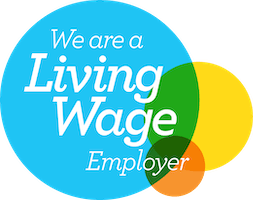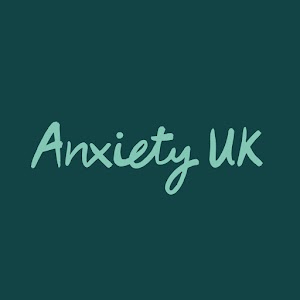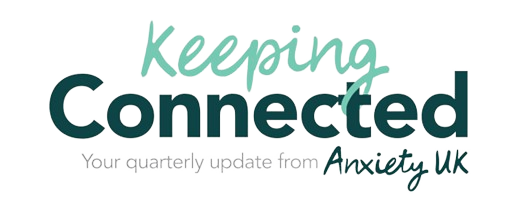Volunteers Week 2023: My Panic Disorder & Agoraphobia Journey
By Ryan Lakhan-Bunbury
This Volunteer’s Week we celebrate those volunteering on our helpline. As a user-led charity we feel those with their own experience of anxiety are best placed to support others. Here is Ryan’s story:
When I first heard the term agoraphobia, I understood it as being an intense fear of being in open spaces or of leaving the house. I didn’t really understand the complexity of this phobia nor how people could have such a fear.
This all changed when I experienced my first panic attack as a 19-year-old student in university. I was at a house party when I suddenly felt trapped in a small room packed with other students. I hurriedly left the party and while walking across a bridge on my way back to my student accommodation, I had constant heart palpitations, felt unreal and had sweaty palms. I was so concerned, I went to the hospital to get my heart checked but was given the all clear.
I experienced regular panic attacks for a few months thereafter and developed a fear of being on bridges. A term I would later learn was Panic Disorder with Agoraphobia.
Several months after, the continued panic attacks stopped but my avoidance of bridges meant that my phobias unexpectedly expanded to driving on motorways/dual carriageways, walking in open space parks and being in high rise buildings. Situations I previously had no issues with, I spent the next 15-20 years expertly avoiding.
I further learned that the term agoraphobia applied to situations in which one can have an intense fear of feeling trapped and a perception that there is no easy means of escape. It therefore includes all of the situations above and less obvious ones like simply being in a supermarket.
Fast forward to 2019, my panic disorder returned after my honeymoon to Japan. During the trip I had unexpectedly faced many of the situations I had avoided for a long time, causing me to have extremely high anxiety for a prolonged period.
I saw a GP and was offered medication which can be very helpful for some, but I decided I would instead embed practices like mindfulness and meditation and make lifestyle changes like giving up alcohol and caffeine and doing regular exercise.
I also worked with an anxiety specialist who used cognitive behavioural therapy to help build my awareness of negative thought patterns and behaviours and to manage the unpleasant sensations of panic attacks when they arose. I learned to accept my worried feelings, thoughts and sensations rather than ruminate about them all day long. A daily meditation and breathing practice helped with this, as did implementing good sleep hygiene habits.
Acceptance meant continuing to do the things I loved irrespective of how I felt. I picked up new hobbies like lindy hop dancing and yoga and would socialise with friends despite the constant heart palpitations or feeling depersonalised. I was open with friends and colleagues about how I felt, which lessened the pressure to keep up appearances.
The decision to face my fears through graduated exposure was a big turning point for me. This meant taking a slow step-by-step approach towards going into situations I had avoided for years. I practiced 5-7 days per week, walking in open space parks, across bridges and driving to unknown places which triggered uncomfortable panic related sensations and thoughts. Over time, I became surprisingly less bothered by these.
Not only did the constant panic attacks subside but I started to do a lot of the things I had avoided for years and even started to enjoy them. Things that may seem trivial to a non-sufferer but to an agoraphobic is huge! My world began to open up and it felt like I was regaining my freedom.
My relationship with panic changed, I dared to go on rollercoasters and zip lines, things that were previously out of my comfort zone and that I actually enjoyed!
Whilst there are still situations I have challenges with, I’m certain that with the tools, techniques and knowledge I’ve acquired, I’ll make progress in those areas too.
Gaining an understanding of panic disorder and agoraphobia was incredibly useful in helping me to understand what I was going through and to seek appropriate help.
I would therefore encourage you to access the relevant factsheets, self-help guides and other resources available on the Anxiety UK website.
For those going through similar challenges, just know that you can change your life for the better with the right support, commitment and determination.
Biography
Ryan is an experienced Executive Leadership Coach for a FTSE 100 company, is passionate about wellbeing and sharing his experience of panic disorder and agoraphobia to help others. He currently volunteers for Anxiety UK on their National Support Helpline and is undertaking training in mental health and CBT to help others. He enjoys yoga, and dance with a particular interest in 1930’s Swing/Lindy Hop and contemporary dance.








